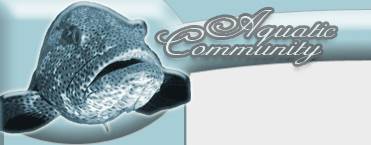South American Animals
This section is about the animals living south of the Panama Canal, on the South American continent and its adjacent islands and seas. The geopolitical borders of South America do not always coincide with the geographical ones, but most sources attest to this continent being limited to the northwest by the Darién watershed along the Colombia-Panama border, or by the man-made Panama Canal. Central America is generally considered a part of North America, but share a lot of its wildlife with similarly warm and humid parts of South America.
The South American animals have evolved in relative isolation from other continents, especially until a few million years ago when the Isthmus of Panama was formed, effectively connecting the South American continent to North America and making it possible for land living animals to migrate to and from South America. This development is known as the Great American Interchange and it led to the extinction of numerous South America animals who where prayed on or outcompeted by the newcomers.
South America is a diverse continent where the animals have adapted to a wide range of different climates and condition. The continent is for instance home to the largest rainforest in the world, the Amazon Rainforest, which is bisected by the largest river in the world (by volume), the mighty Amazon River. South America is also where you will find the world's highest waterfall, Angel Falls in Venezuela.
The Amazon Rainforest have unparalleled biodiversity and is more species rich than the wet forests of Africa and Asia. Ten percent of all known species have their home here, including over 400 described mammal species, more than 400 amphibian species, about 375 reptile species, almost 1300 bird species, and a whopping 3,000 species of fish. In addition to this, the Amazon is home to about 2.5 million insect species. Of all described bird species in the world, one in five lives in this part of South America. The Amazon is home to many iconic South American animals like the jaguar, anaconda, black caiman, and piranha. There are also several species of poison dart frogs to be found here; small and colourful frogs capable of secreting lipophilic alkaloid toxins.
Contrasting sharply against the rainforest with its mighty rivers is the Atacama Desert, one of the driest places on earth. The Atacama Desert is a virtually rainless plateau west of the Andes Mountains where the main source of moist is a coastal mist from the Pacific Ocean. In Pan de Azúcar National Park you can encounter South American animals like the guanaco, culpeo fox and chilla fox. The guanaco is a close relative of the llama, alpaca and vicuña – three other typical South American animals. If you proceed further west your will reach the South American Pacific Coast where you will find marine creatures like the Humboldt penguin, the South American sea lion and the elusive marine otter.
